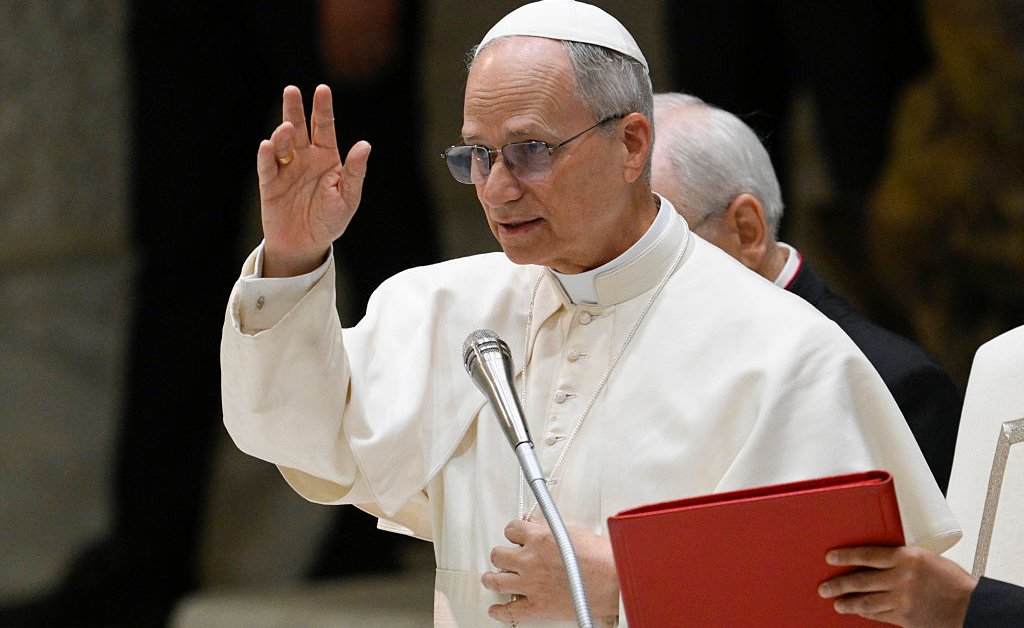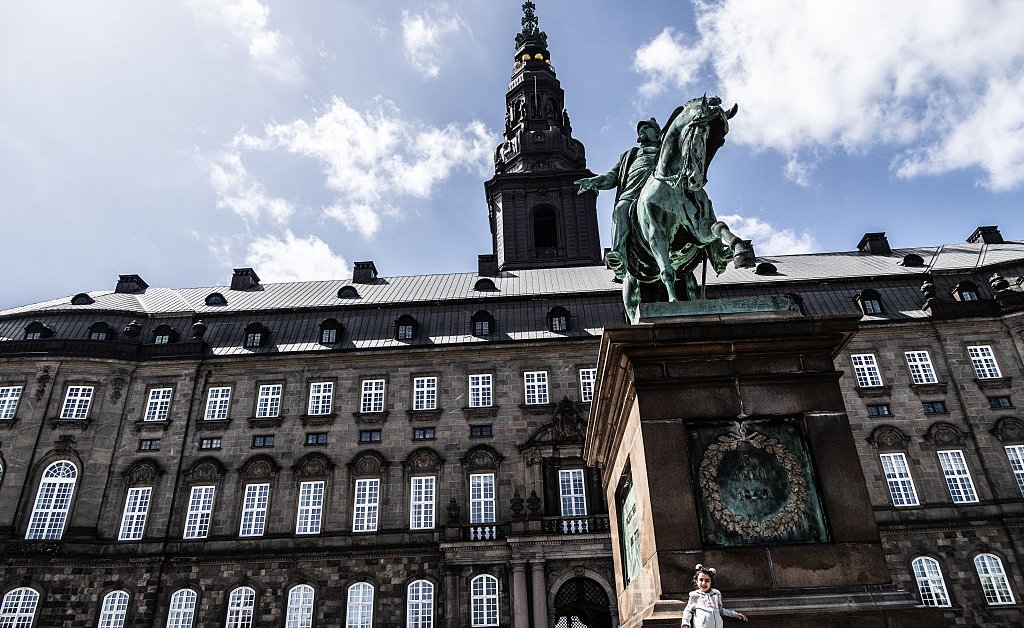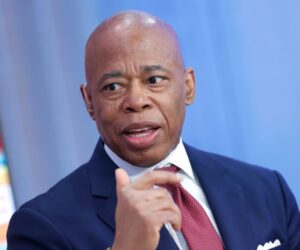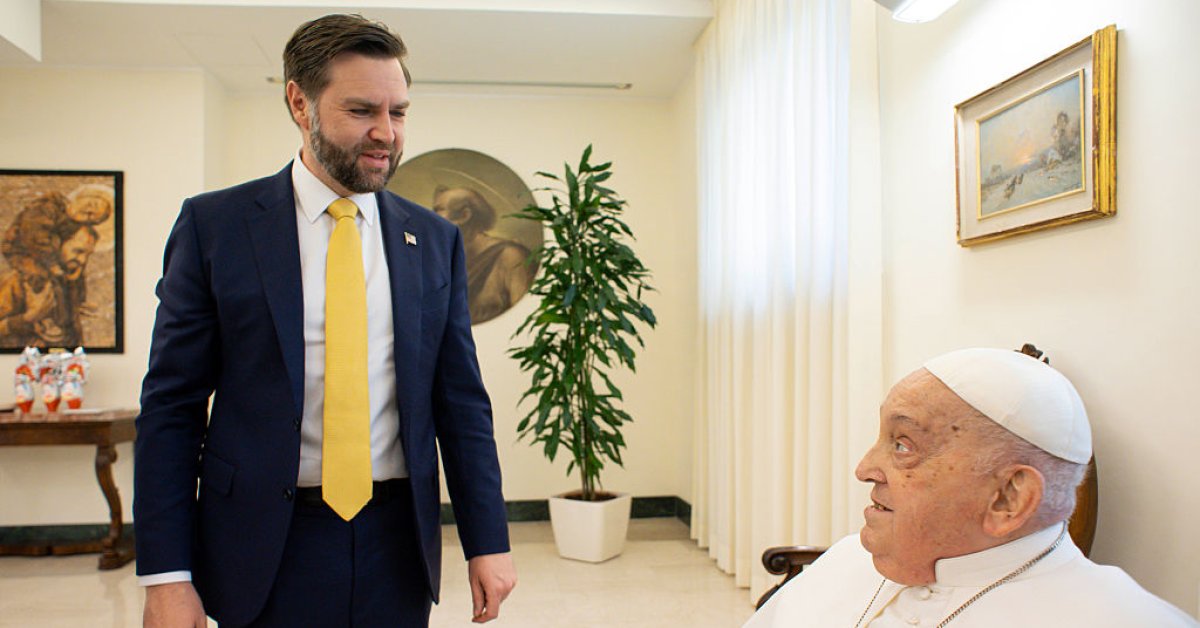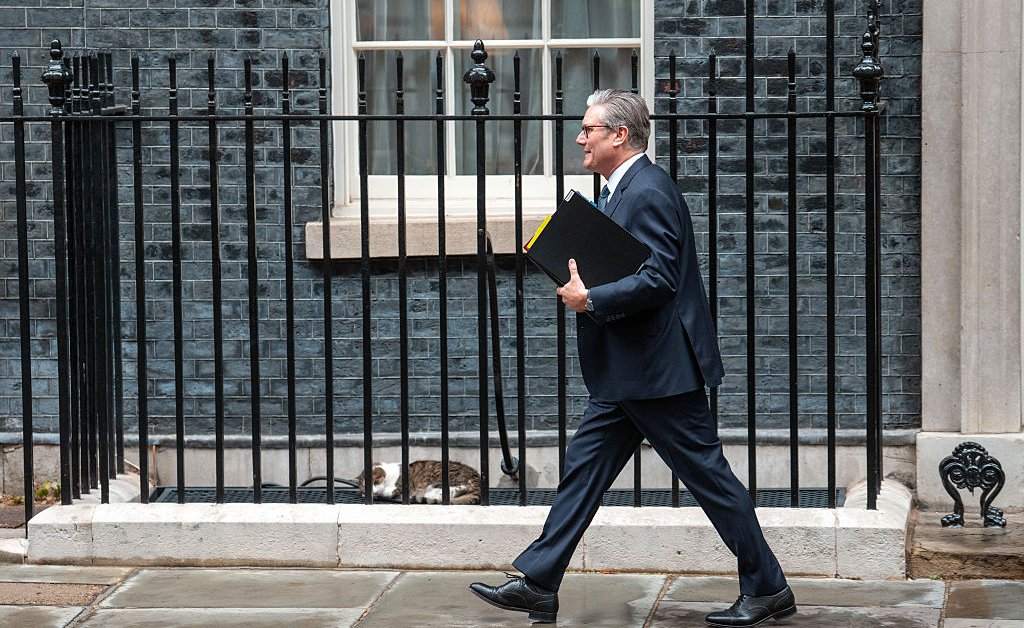On May 18, the day of the official beginning of Pope Leo XVI’s petrine ministry, the Vatican schola will sing in unison: “Tu es Petrus, et super hanc petram aedificabo Ecclesiam meam, et portae inferi non praevalebunt adversus eam.” (“You are Peter, and on this rock I will build my Church, and the gates of hell shall not prevail against it.”). Then the new pope, accompanied by the Patriarch of the Eastern Orthodox Church, will walk to the tomb of St. Peter and pray. After this, the solemn procession begins and with it a new path in the life of Robert Francis Prevost as the leader of the largest faith tradition in the world.
But Prevost’s path to the papacy started many years ago and not in Rome. Two days after his election, over 10,000 people flooded the streets of Pope Leo XVI’s former episcopal diocese. They all gathered in front of the Cathedral of Santa Maria de Chiclayo (Peru) to attend a mass of thanksgiving for Leo’s election. The collective effervescence could not be contained. “¡León, amigo, Chiclayo está contigo!” (Leo, friend, Chiclayo is with you!) and “¡El Papa es chiclayano!” (the pope is from Chiclayo!), the multitudes chanted at the top of their lungs.
For those many thousands gathered in front of the cathedral, Leo XVI, the first pope born in the United States, was, somewhat paradoxically, their pope. Yes, he is the first pontiff born in Chicago, USA; but, truly, for them, Leo is the pope from Chiclayo, Peru. Of course, this dynamic is not merely the expression of the affection of a people named and greeted from the balcony of St. Peter’s Basilica during Leo’s first address to the world. Robert Prevost devoted most of his pastoral ministry to the northwest of Peru. As an Augustinian missionary, he served different roles in Chulucanas, Trujillo, ultimately becoming bishop of Chiclayo in 2015. Not only that, but he became a Peruvian citizen in the same year.
Read More: What Pope Leo’s Augustinian Background Tells Us About his Papacy
Nonetheless, Prevost is the first pope born in the United States. And due to this fact, his election inevitably draws contrast between his kind of global leadership and that of another recently elected leader, the current president of the United States. I believe that many will find the sharp contrast unsettling, but perhaps they may see in it a hopeful opportunity to learn how much we can all gain when a spirit of openness, bridge-building, and compassion nurtures our relationship with others— especially the poor, the immigrant, and all those who suffer unjustly.
This double belonging—to the United States by birth, but to Peru by choice, service, and love—may give us some insight into Pope Leo’s pastoral identity. For this reason, while it is true that Leo is the first pope born in the United States, it is perhaps more accurate to say that Prevost is the second pope of the Américas. Indeed, Leo is a pope who seems to understand deeply that the Américas are a region rather than a single country, and, by doing so, he may nurture the bridge-building global leadership that is so desperately needed today.
Being the second pope of the Américas means that Leo is the successor of the first, Pope Francis. Indeed, the Argentine pontiff preceded Prevost, made him a bishop, a cardinal, and brought him to the Vatican to work closely with him during his last years. However, the continuities are significantly more profound than the mere order of their papacies. “Like Francis, Leo was evangelized by the poor of Latin America,” a close collaborator of Prevost who spent time with him in Peru told me yesterday. Francis and Leo are very different figures in terms of personality, generation, and ecclesial background, but they share a strong bond that developed through their service of the poor and most vulnerable. For this reason, Francis made Leo a bishop. Francis knew that Prevost was a pastor that “took on the smell of the sheep,” the kind of leader Francis described with praise in his exhortation Evangelii gaudium.
It should surprise no one, then, that Pope Leo openly embraced the legacy of Pope Francis in his first public address. In fact, in a moving gesture, Leo offered to continue the blessing that the late Pope Francis started from the same balcony the day before his death. Blessing the city and the world, Leo spoke of a God who loves us all unconditionally, of building bridges, of encouraging dialogue, of an open and synodal church. And from all the possible references to St. Augustine, the Augustinian pope carefully chose this line: “With you I am a Christian, and for you I am a bishop.”
The message seems clear: Leo’s papacy proposes a discipleship of equals. Yet, when it comes to power and authority, they must be used to serve, especially those experiencing violence and exclusion.
Leo XIV is the spiritual leader of the global Catholic church, but he is also deeply aware that the center of gravity of the church is in the southern hemisphere. This is not only a matter of awareness; it is about deep personal experience. As a child of an immigrant family, Prevost experienced in the flesh the complexities of cultural belonging. As an adult Augustinian friar, he decided to become part of a “church which goes forth,” emigrating to Peru and embodying from his early days that key motto of Pope Francis’s ministry.
Not only that, but key to his role as bishop of Chiclayo was the development of the social justice ministries of his diocese, with deep concern for the dignity of hundreds of recently arrived Venezuelan immigrants. Among other contributions, his work to prevent human trafficking and provide life-saving health care during the time of COVID-19 is praised by all who know about his efforts.
Read More: The True Meaning of an American Pope
These are powerful signs of Leo’s commitments and a deep challenge to the nationalism and isolationism currently promoted by the White House. The life of Pope Leo shows that one’s identity and loyalties are shaped by experience, and Leo’s experience is one with deep roots outside of the U.S., closeness to the cry of the poor, and the clear conviction that the best way to lead is through service rather than raw power and fear. May that experience illuminate Leo’s papacy and give to the world the peace that he offered the first time he spoke from St. Peter’s, the peace so desperately needed in this broken world.

